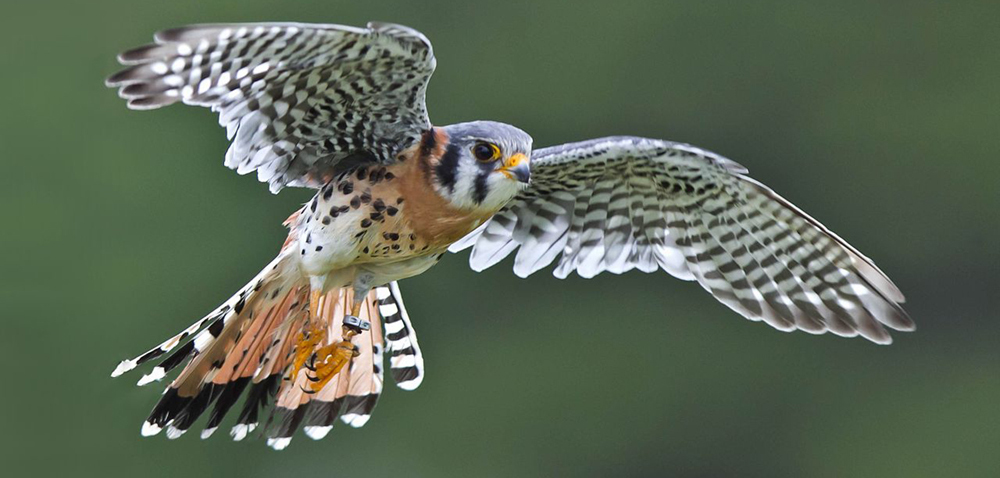| << Chapter < Page | Chapter >> Page > |

Objects are in motion everywhere we look. Everything from a tennis game to a space-probe flyby of the planet Neptune involves motion. When you are resting, your heart moves blood through your veins. And even in inanimate objects, there is continuous motion in the vibrations of atoms and molecules. Questions about motion are interesting in and of themselves: How long will it take for a space probe to get to Mars? Where will a football land if it is thrown at a certain angle? But an understanding of motion is also key to understanding other concepts in physics. An understanding of acceleration, for example, is crucial to the study of force.
Our formal study of physics begins with kinematics which is defined as the study of motion without considering its causes . The word “kinematics” comes from a Greek term meaning motion and is related to other English words such as “cinema” (movies) and “kinesiology” (the study of human motion). In one-dimensional kinematics and Two-Dimensional Kinematics we will study only the motion of a football, for example, without worrying about what forces cause or change its motion. Such considerations come in other chapters. In this chapter, we examine the simplest type of motion—namely, motion along a straight line, or one-dimensional motion. In Two-Dimensional Kinematics , we apply concepts developed here to study motion along curved paths (two- and three-dimensional motion); for example, that of a car rounding a curve.

Notification Switch
Would you like to follow the 'College physics' conversation and receive update notifications?